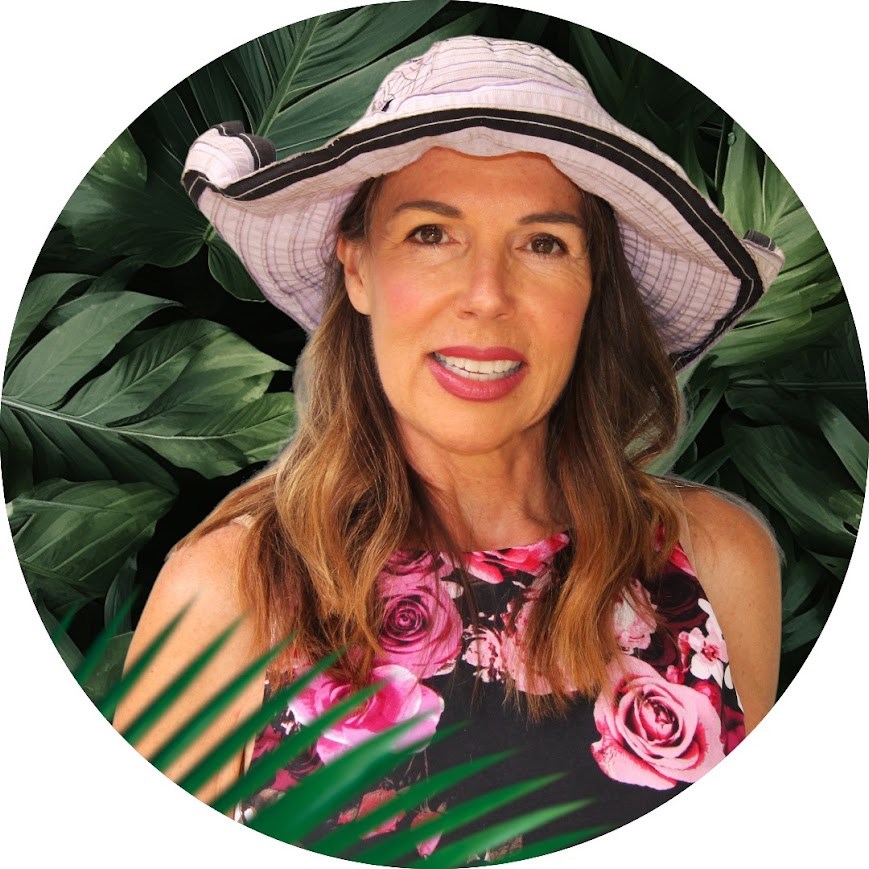The Crown of Flowers: Hydrangeas
If there’s one flower that wears the crown of the summer garden, it’s the beloved hydrangea.

The colour-changing magic show
One of the coolest tricks in a gardener’s toolbox is changing the colour of bigleaf hydrangeas and mountain hydrangeas and depending on the soil’s pH, they can shift from pink to blue, or even a dreamy purple in between. Here’s the secret recipe.
For blue blooms: Add some soil acidifiers like aluminum sulfate or pine needles. The lower the pH, the bluer your flowers will be. For pink flowers: Go the opposite route by sweetening the soil with garden lime. A higher pH keeps your hydrangeas in their pink party dress!
Want purple? Aim for a balanced pH between 5.5 and 6.5, and you’ll get those beautiful mixed colours. Other types, like panicle and Annabelle hydrangeas, shift from white to pink or white to chartreuse.

(Photo credit: figandbloom.com)
The charm of drying hydrangeas
Once summer ends and the days get shorter, don’t worry—your hydrangeas can live on.
Dry those gorgeous blooms for an everlasting bouquet. You can snip them when they’re slightly dry to the touch, remove the leaves and hang them upside down in a cool, dark space.
Another easy method is to place the freshly cut blooms in a vase with a little water; as the water evaporates, the flowers will dry beautifully.
Before you know it, you’ll have a stunning arrangement to grace your dining table or even a crown-worthy headpiece for garden parties!
Seed collecting
Now that your hydrangeas are preserved, let’s turn our attention to another exciting end-of-season task: seed collecting.
Want your garden to explode with colour and excitement next year? Save money while growing the most resilient plants around?
It’s time to collect your seeds. And if you’ve been eyeing a neighbour’s garden, why not offer to “help” with some dead-heading—aka, sneaking in some seed collecting (they’ll never know!).
Sometimes we get caught up in the routine of weeding, watering and pruning, and miss the obvious (ie collecting seeds). If you loved your garden this year, just imagine how much more vibrant and plentiful it can be next season when you scatter your own seeds and watch them multiply.
Seed saving is more than a fun hobby—it’s an ancient tradition that goes back tens of thousands of years. Our ancestors knew the value of securing food sources, and as agriculture developed, early crops like peas, barley and wheat were saved and cultivated to nourish entire civilizations.
Every seed is a vote for biodiversity, a promise to nurture the Earth’s ecosystems and restore balance lost to industrial farming.
Choosing seeds to save
Tomatoes, loose-leaf lettuce, peas and beans are perfect for beginners. Their self-pollinating flowers make seed collection easy. For flowers, consider sunflowers, marigolds, zinnias, cosmos, poppies and calendulas—plants that practically beg to be saved.

Monika Rekola photos
Planning for seed saving
While most tomatoes are self-pollinating and less likely to cross-pollinate, it's still important to be cautious when growing different varieties close together. For insect-pollinated plants like squashes and melons, cross-pollination is a bigger concern so it's best to space different varieties hundreds of feet apart to maintain purity.
Healthy plants, healthy seeds
Your seeds will only be as healthy as the plants they come from, so make sure your garden is thriving and disease-free. If you spot an infestation or illness, handle it quickly to preserve the quality of your seeds for future seasons.
Once you’ve gathered your seeds, make sure they’re fully dry and store them in a cool, dry place, labeled for easy identification next year.
Garlic bulbils: The secret to stronger crops
One of the most fascinating examples of seed saving is garlic bulbils. These tiny, seed-like structures form in the flower stalks of hardneck garlic varieties. They offer a disease-resistant way to propagate garlic, avoiding soil-borne issues. They take three to four years to grow into full-sized bulbs, but they’re worth the wait_especially when you compare them to the chemically treated, often bland garlic found in grocery stores.
A legacy of resilience
When you save seeds, you’re stepping into a tradition as old as human history.
Did you know the oldest seed ever germinated was a 2,000-year-old date palm seed? Unearthed at the Masada fortress near the Dead Sea, this ancient seed sprouted into a living tree named "Methuselah," a symbol of the resilience and astonishing longevity seeds can hold.
The future of our food supply
Grassroots initiatives like The Wildflower Farm, with their 25-year love affair with wildflowers and native grasses, and Canadian companies like Annapolis Seeds, specializing in local open-pollinated varieties, keep seed saving fun and vibrant while promoting local food production.

(Image credit:Cleannorth.org)
The importance of world seed banks
While grassroots organizations work on a local level, global seed banks serve as the ultimate insurance policy for the planet’s food security. Seed banks collect, store and preserve seeds from around the world to safeguard genetic diversity and provide a backup in case of crop failures, climate change or other disasters.
The most famous of these is the Svalbard Global Seed Vault, located on a remote island in Norway. Often called the "Doomsday Vault," Svalbard holds over a million seed samples from almost every country, serving as a backup for other seed banks. Its location deep inside a mountain ensures that seeds are stored under optimal conditions, even in the face of global catastrophes.


(Image credit:croptrust.org)
Collect, Save, Scatter!
So, grab those envelopes, head out into the garden, and start collecting your seeds! You’re not just preparing for next year_you’re keeping alive a tradition that nourishes, heals and connects us to the Earth’s endless cycle of life.
Monika Rekola is a certified landscape designer and horticulturist, passionate about gardening and sustainable living. As a budding homesteader and garden writer, she shares her love for recycling, repurposing and birdwatching. Monika is dedicated to ecological gardening, aiming to balance our delicate ecosystem. Contact her at [email protected].




